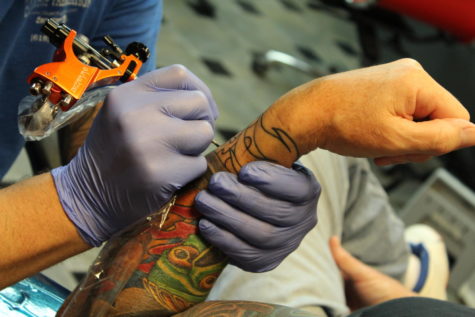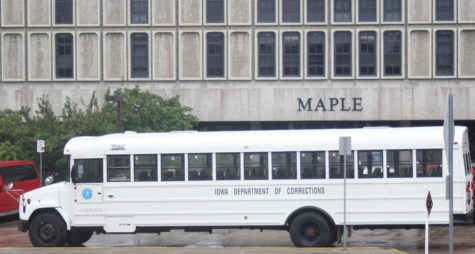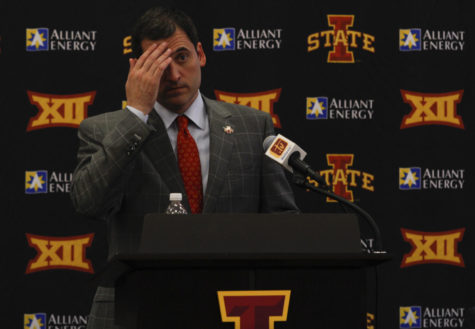Brief history of Cuban-U.S. relations
January 20, 2015
Obama called for an end to the long-standing embargo on communist country Cuba and for better diplomatic relations between the neighbors. Here are some key facts to know about Cuba and its relations with the United States to help better understand this developing situation:
1953-1959 — Fidel Castro and Che Guevra conducted an armed revolt to overthrow the military dictatorship of Fulgencio Batista in Cuba. Batista fled the country in 1959, thus giving victory to the revolutionaries.
Jan. 8, 1959 — Cuba officially became a communist government, with Fidel Castro named as party leader.
1959 — Cuba formed an alliance with the Soviet Union and soon began to rely heavily on Soviet trade and military protection.
1961 — The United States and Cuba broke off diplomatic ties due to Cuba’s trade agreement with the Soviet Union.
October 1962 — The placement of nuclear warheads on Cuban soil by the Soviet Union created a dangerous confrontation with the United States during the Cold War. This was the moment the two countries were the closest to nuclear conflict.
1962 — The Cuban embargo was signed into law by President John F. Kennedy in 1962, which prohibits American companies from conducting business with Cuban and forbids American citizens from traveling to the country as tourists.
Dec. 26, 1991 — The Soviet Union dissolved and sent Cuba into an economic crisis because they had lost their major trade partner.
September 1998 — Five Cuban men were arrested by the FBI in Miami and charged with conspiracy to commit espionage.
2008 — Fidel Castro’s brother, Raúl Castro, assumes power in Cuba.
December 2014 — A prisoner trade is made with Cuba, exchanging three members of the Cuban Five for one American, Alan Phillip Gross.
Jan. 7, 2015 — President Obama called for an end the embargo and renewing of diplomatic ties with Cuba. Congress will have to pass this act in order for the embargo to cease.
Read more on the possible end to the Cuban embargo here.















